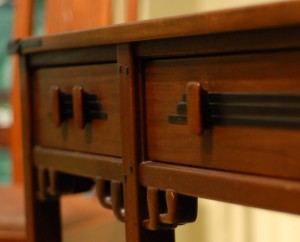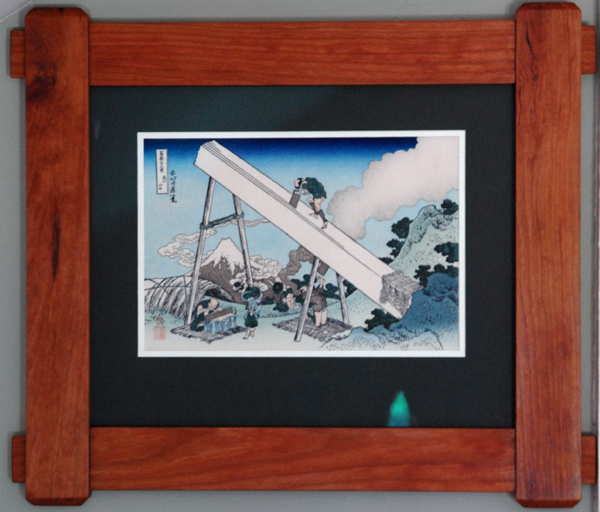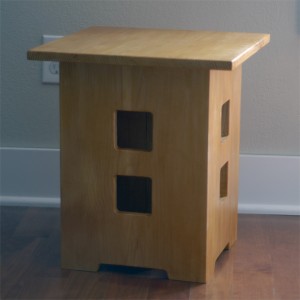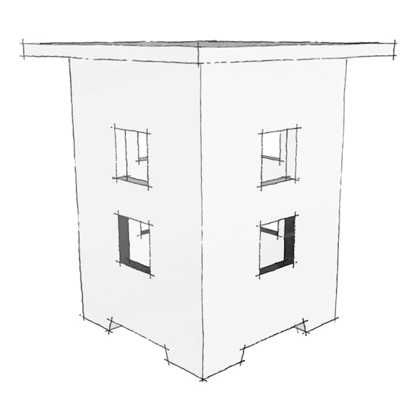The holdings of the Metropolitan Museum’s Gallery 743 read like a greatest hits list of American Arts & Crafts makers, featuring pieces by Gustav Stickley, Dick Van Erp, William Lightfoot Pierce, Arthur Frank Mathews, Charles Rohlfs, and the Byrdcliffe Colony.
Included in the collection are a library table, dining chair, and lantern Charles and Henry Greene designed as part of a commission for the retired lumberman Robert Blacker. As with much of the furniture designed by the Greenes, these pieces were built in the shop of Peter Hall. Emil Lange, formerly of Tiffany Studios, made the lantern’s glass panels. Continue reading




